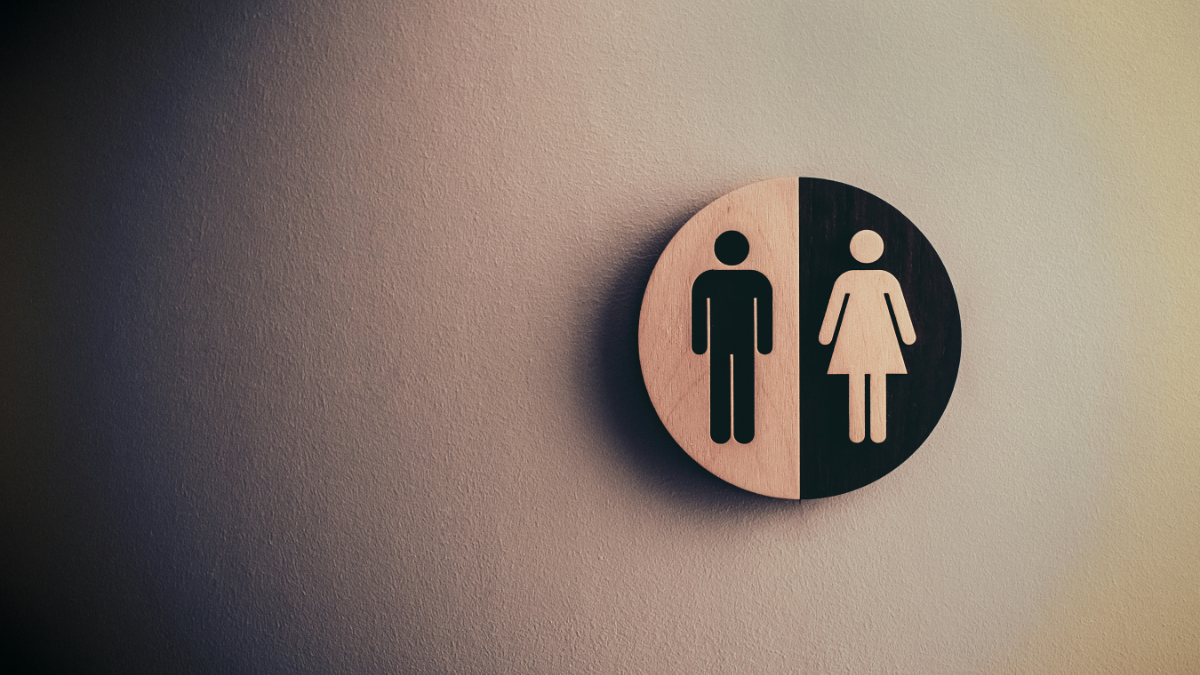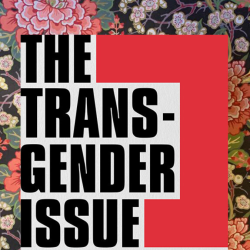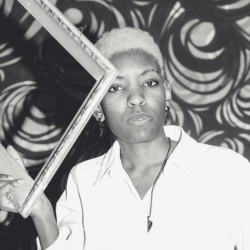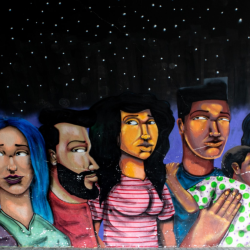Australia has released landmark data revealing the gender pay gaps at nearly 5,000 private sector companies, with the advertising and media sector disclosing a gap of up to 26%* in favour of men.
According to the data from the Workplace Gender Equality Agency (WGEA), which assessed companies with over 100 employees, some of the country’s biggest and most recognisable employers have gender pay gaps of 30-40% in favour of male employees, while dozens have a gap of over 50%.
The data follows legislation passed in March 2023 that forced Australian companies to reveal the pay of male and female employees. The WGEA says employers should aim for a wage gap of plus or minus 5%, but across the 5,000 companies examined, 50% have a gender pay gap of more than 9.1%.
How does the industry fare?
A closer look at the Australian advertising and media sector reveals contrasting results. Spotify has the largest gap within the media and tech industry, with a 26.3% median total remuneration pay gap, followed by TikTok at 19.2% and Google at 14.9%. Comparatively, Facebook fares the other way, with women earning, on average, 2.6% more than men.
Interestingly, the out-of-home sector stands to be the outlier within the media industry, with oOh! media having a -15.7 % gap, while JCDecaux stands at -7.3%. Cathy O’Connor, chief executive officer of oOh!media and one of only 22% female CEOs in Australia, told Mediaweek, ‘It takes a lot for a business to achieve really, truly equal pay for men and women, and we’ve been working hard with a dedicated team and strategies in place for a number of years now.‘
Within the advertising industry, WPP, the world’s largest advertising group, discloses a median total remuneration pay gap of 16.4% in Australia. Omnicom Media Group is at the other end of the spectrum, with a median total remuneration gap of 0%. Despite this, Omnicom’s DDB Group has a gender pay gap of 10.9% in total remuneration.
Other notable gaps include Ogilvy (22.6%), Howatson + Co (25.5%), MediaMonks (17.2%), Group M (14.7%), Dentsu (18.1), and Publicis (12.2%).
Across all industries, the widest gender pay gap remains in the construction, banking, and consulting sectors. Banks like UBS have a gap of 48%, Bank of America at 42%, and Citigroup at 29%.
What causes the gap?
According to research by KPMG, women bearing the brunt of caring responsibilities for children and older family members caused about one-third of the gender pay gap. Gender discrimination accounted for 36% of the pay gap, while industrial and occupational segregation, which sees women over-represented in lower-paid industries, is the other key driver.
‘There can be conscious or unconscious discrimination in hiring and pay decisions,’ Natasha Bradshaw, a senior associate at the Grattan Institute, told The Guardian. ‘We also know that women are less likely to negotiate for higher pay or to strongly advocate for themselves or play up their achievements to go for a promotion. Often, that’s because of the, often correct, perception that they’ll face backlash for doing that.‘
*This article uses the total remuneration pay gap from WGEA.
Featured image: Tim Mossholder / Unsplash
































